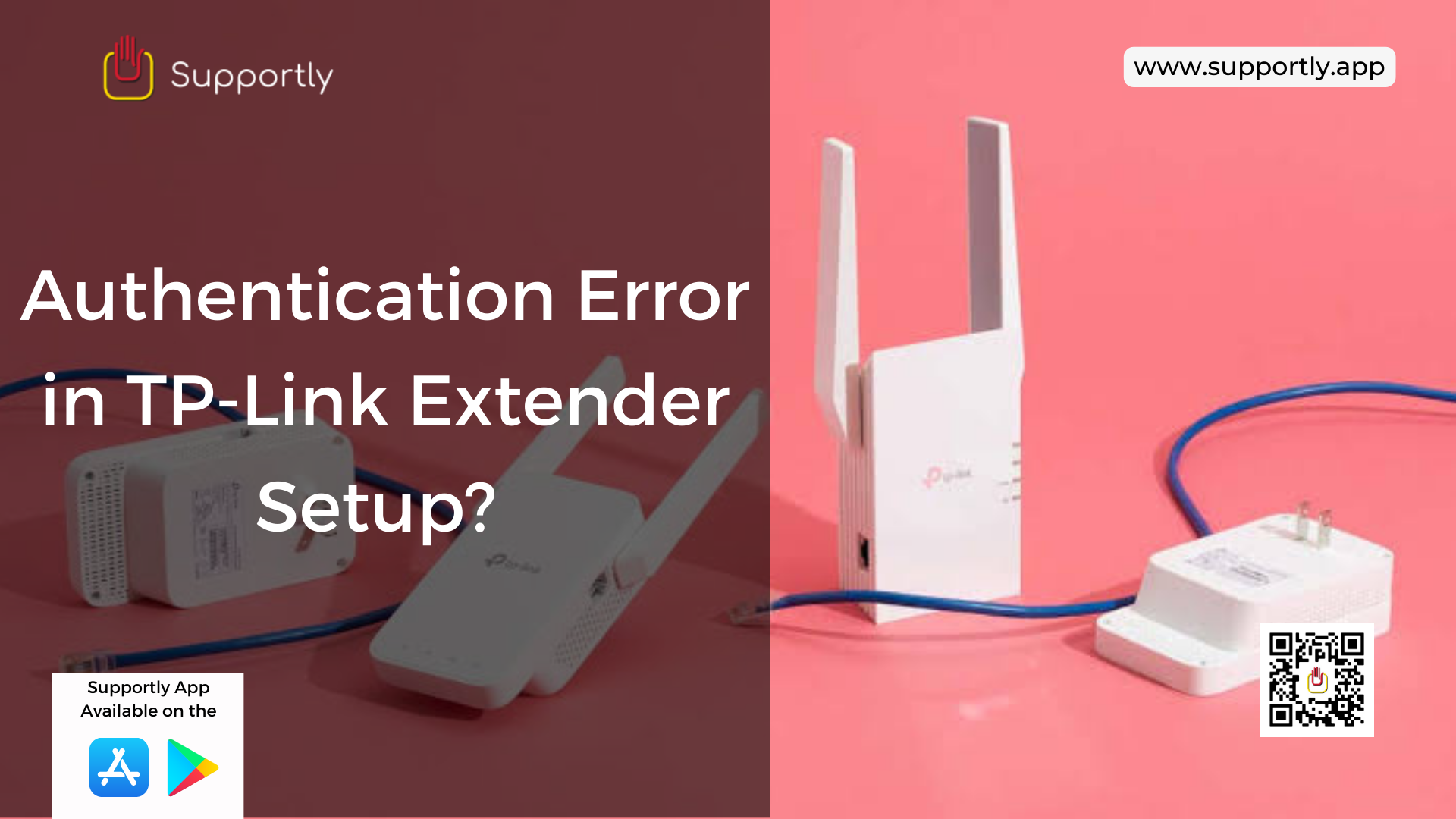Forgot Windows Login Password? Here’s How to Reset It Easily

Get Instant Solution For Authentication Error in TP-Link Extender Setup

Authentication errors are some of the most common issues that arise when setting up your TP-Link extender. They can be caused by anything from incorrect settings to software conflicts. Fortunately, authentication errors can usually be resolved quickly and easily. In this article, we’ll take a look at some of the most common causes of authentication errors and how to fix them.
A common cause of authentication errors is incorrect settings. This is especially true if you’ve recently changed your router’s settings or if you’ve switched to a new router. Before you attempt to connect your TP-Link extender to your router, double-check that you’ve entered the correct username and password. If you’re unsure what these are, consult your router’s manual or the manufacturer’s website.
Another potential cause of authentication errors is interference from other devices. Wireless extenders rely on a strong and reliable signal from your router in order to function properly. If there are too many other devices connected to your network, it can lead to interference and disruptions in the signal. To reduce the chances of interference, make sure that all of your devices are connected to the same frequency. You can also try disabling any unnecessary devices or applications that may be using up your network’s bandwidth.
If the authentication error persists, it may be due to a software conflict. This can be caused by an outdated driver or firmware. To resolve this issue, you’ll need to update your driver or firmware. The TP-Link website has instructions on how to do this. It’s important to follow the instructions carefully to ensure that the update is successful.
In some cases, authentication errors can be caused by a faulty cable. If the cable connecting your router and extender is damaged or worn, it can cause disruptions in the signal. To check if this is the cause of your authentication error, try replacing the cable with one that’s in good condition.
Finally, authentication errors can also be caused by a faulty extender. If your device is faulty, it may need to be replaced. If this is the case, contact TP-Link’s customer service for advice.
In most cases, authentication errors can be resolved quickly and easily. All you need to do is double-check your settings, reduce interference from other devices, check for software conflicts, and replace any faulty cables. If the issue persists, contact Supportly App customer service for advice. With these tips, you’ll be able to get your TP-Link extender up and running in no time.